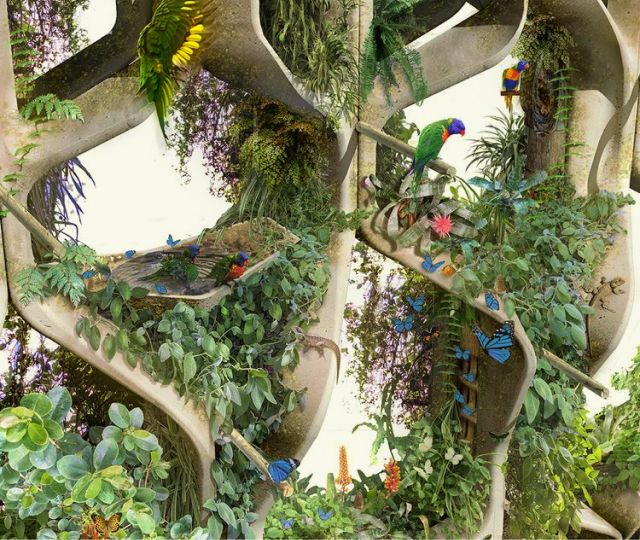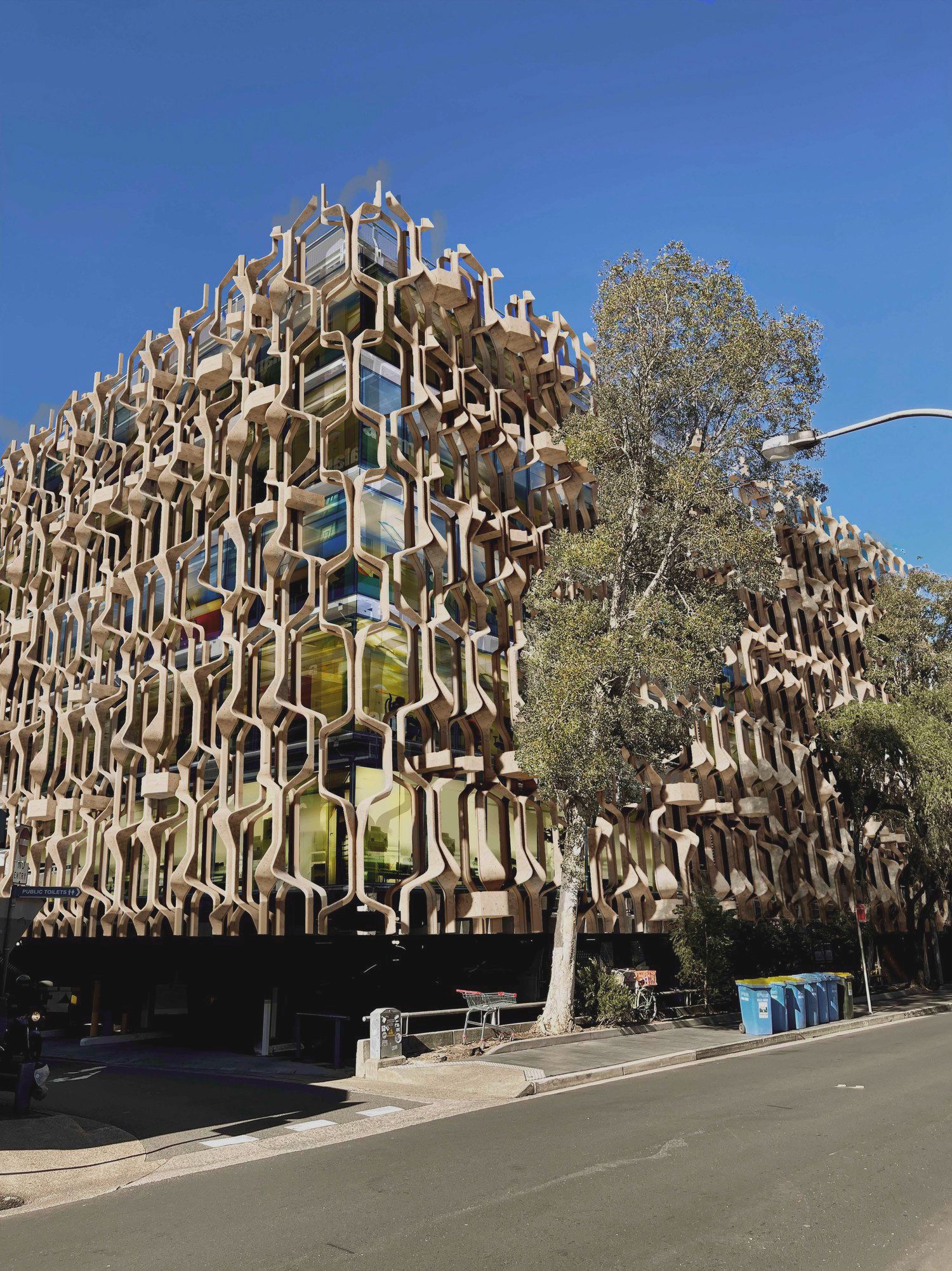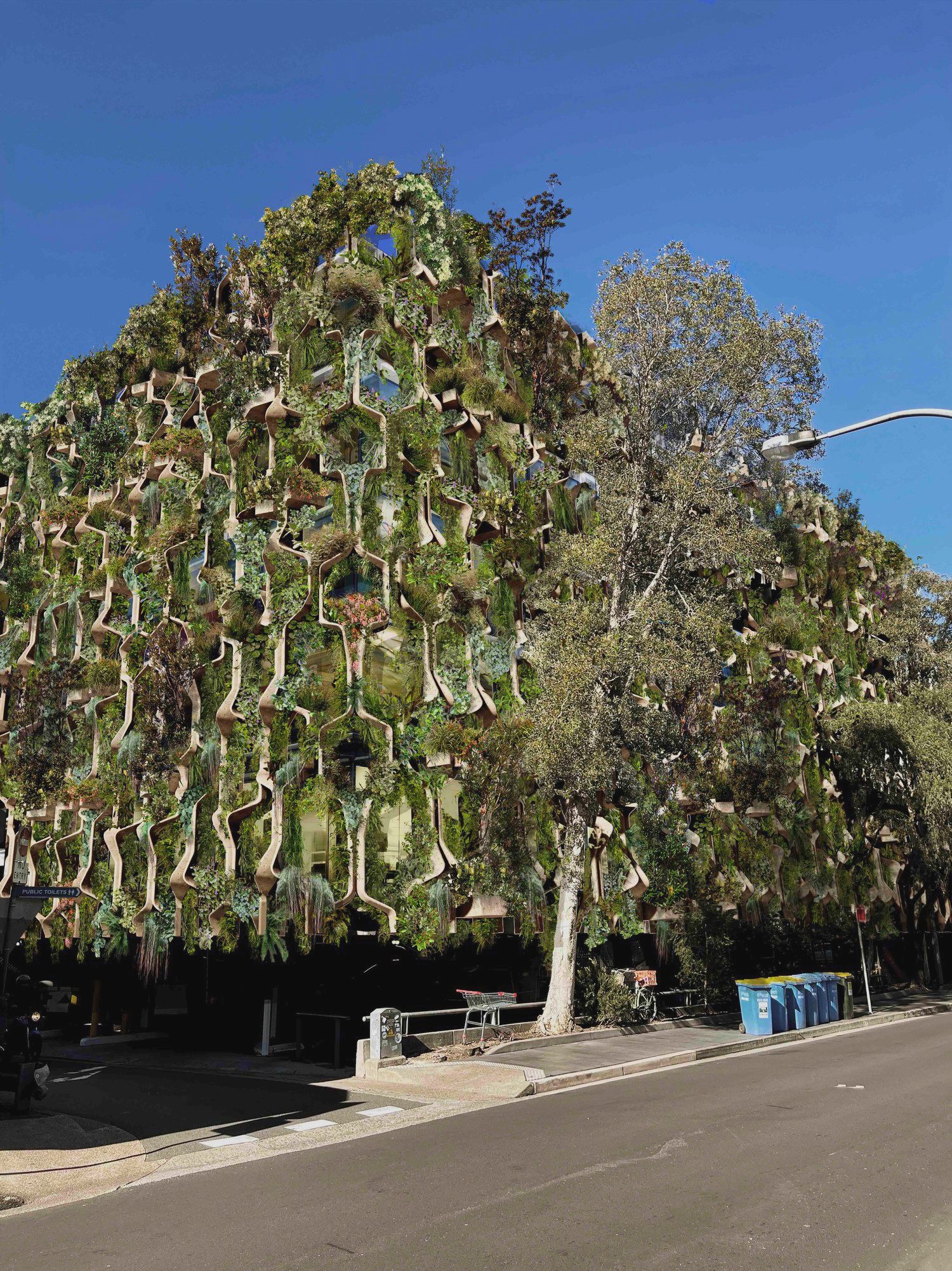An introduction

An introduction into our problem space and how we’re developing novel ecosystems on buildings — 4 mins
Our growing population puts increasing pressure on biodiversity. Intensive land use and urban development, driven by demand for high-density housing, continue to destroy habitat corridors, creating isolated habitat islands within our cities. Urban footprints have significant implications for air and water quality and for the capacity of our cities to remain hospitable as healthy ecosystems.
The global effort to improve urban environments necessitates an eco-anthropocentric approach to architecture and urban design.
To address this, we have developed two integrated facade systems specifically designed for the urban landscape, which leverage biophilic design principles and emerging technologies to provide opportunities for shading, porosity and a thriving ecosystem.
Our systems are architecturally designed to act as a multifunctional, shading facade that can be retrofitted to commercial and residential buildings. They include a supportive infrastructure and biological component, specifically designed to create sophisticated habitats for native fauna.
“The most rapid way, and cheapest way, and the most dramatic way we can reduce emissions is to reduce the carbon associated with heating and cooling our buildings, and that’s the first thing. That should take priority.”
– Richard Allan, Professor of Climate Science at University of Reading

Building facades become habitats for natural flora and fauna.
The multilayered facade system facilitates an integrated living ecosystem through the synthesis of built and natural (life) forms that perform specific functions. Its porous, vegetated screen allows for the movement of air, water, and fauna whilst supporting plant growth. Using smart irrigation systems that have integrated sensor and actuator technology it acts as a water management system, harvesting and redistributing rainwater. It reduces the heat load on buildings (mitigating energy consumption through decreased reliance on air-conditioning), reduces urban heat island effect, improves air quality and, through biosequestration, functions as a carbon capture and storage system. By design, the system mimics the complex and layered canopy structures of undergrowth and mid-level canopy systems to reconnect and extend bird corridors and support other wildlife, allowing for the reconnection of habitat corridors across a city. If applied at scale, it has the potential to increase biodiversity and the rapid rewilding of urban environments.
These facade systems are technologies for the rewilding of urban spaces are technologies for the rewilding of urban spaces. By synthesising architecture, ecology and habitat, and reimaging the relationships between dwelling and nature, they enable intimate engagement and a shared future for flora, fauna and human beings.

Facts and Figures
For more information on our products, design services or research, email us at [email protected]

